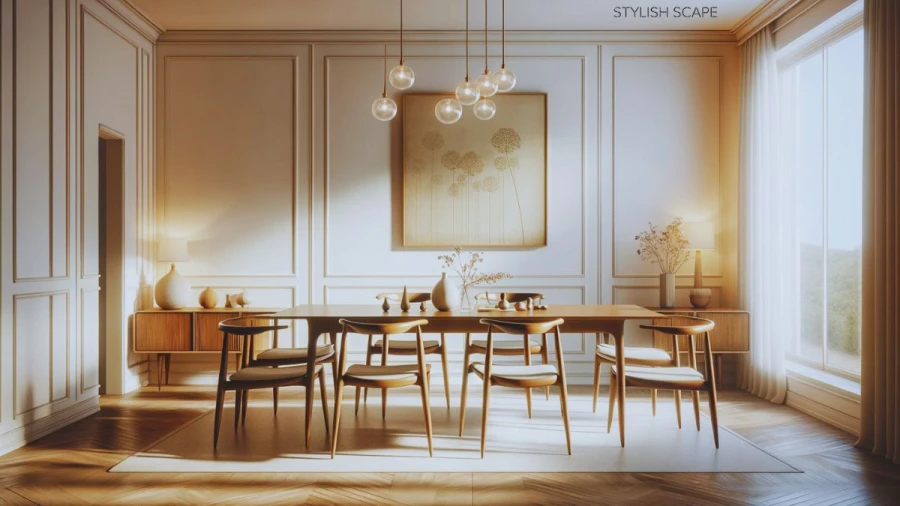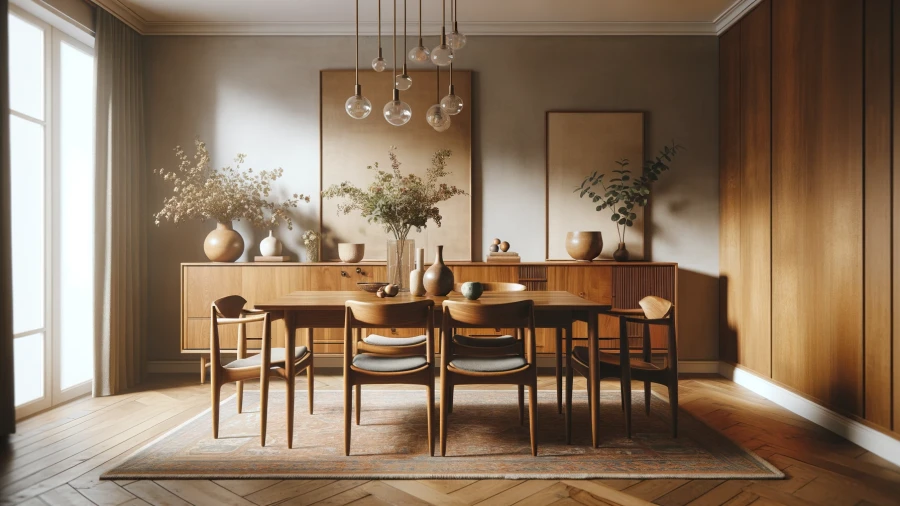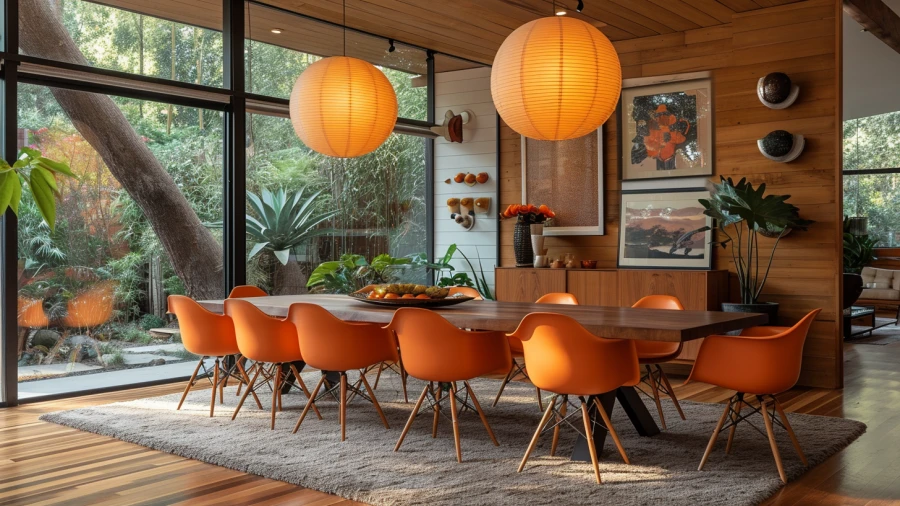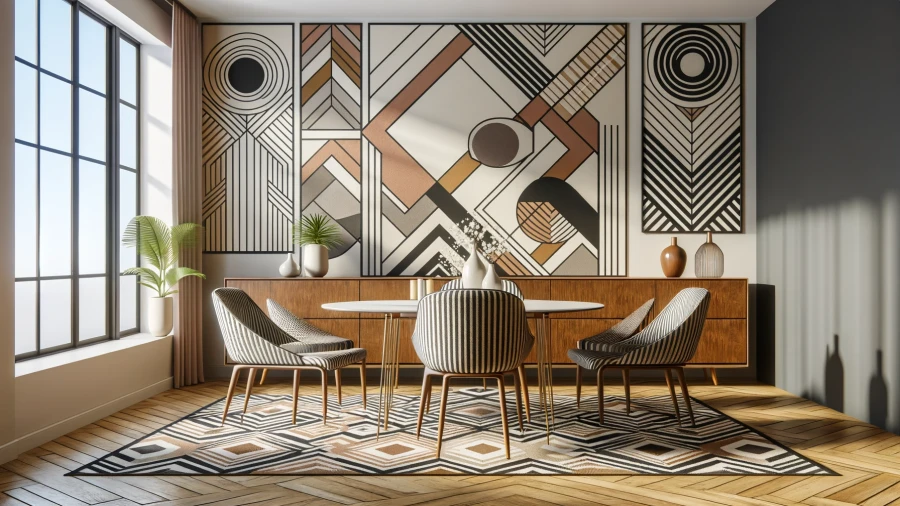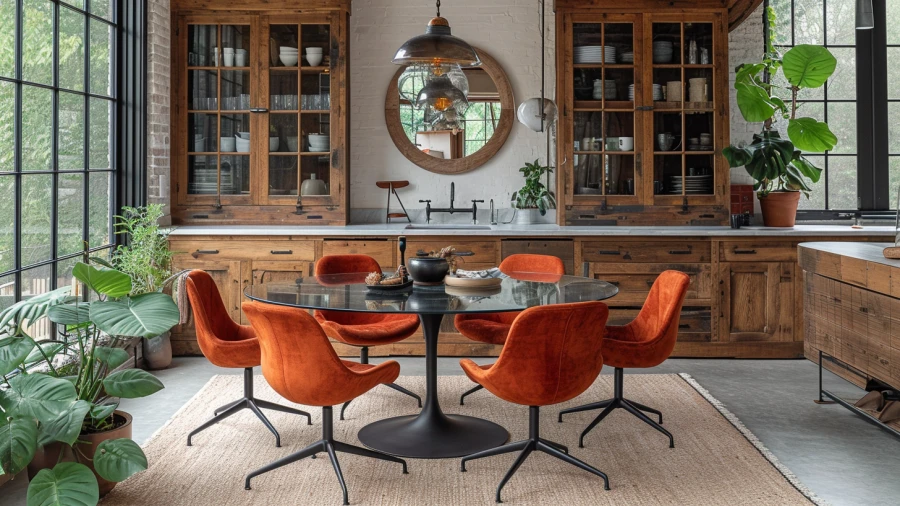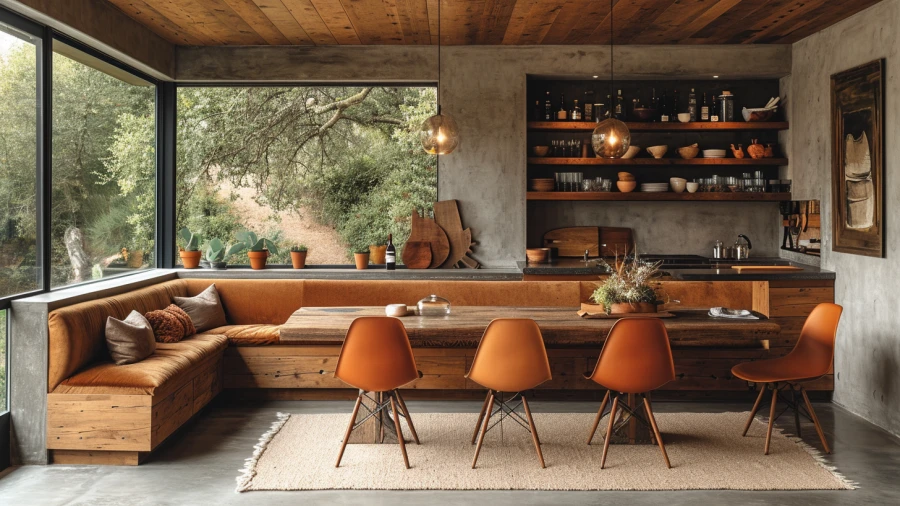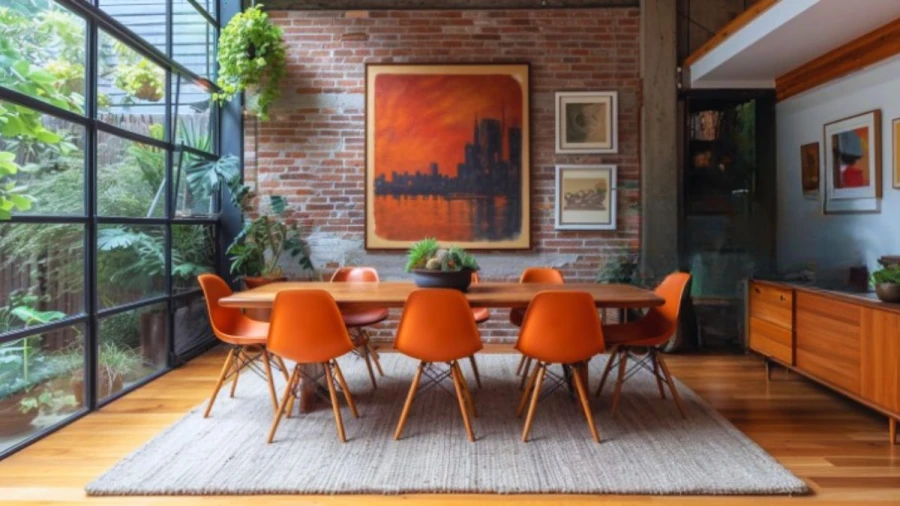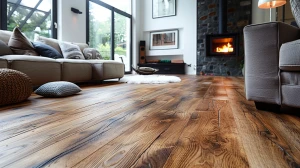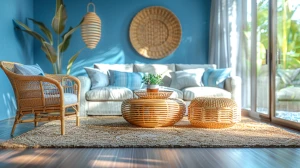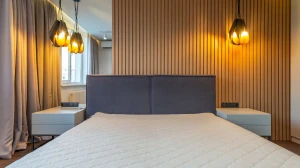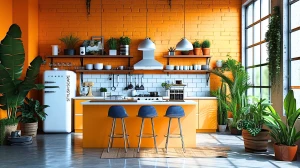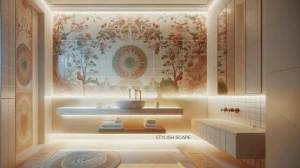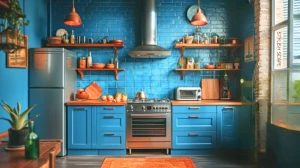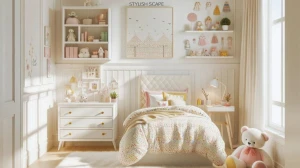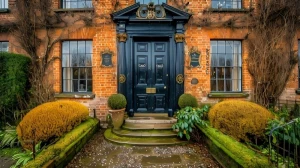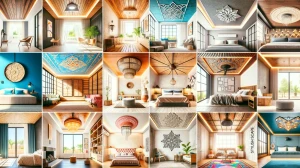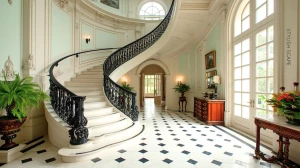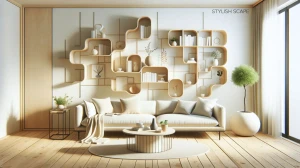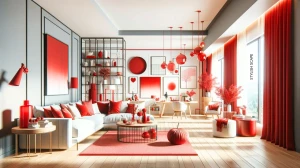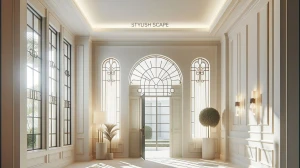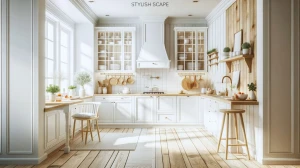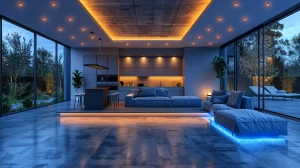
8 Timeless Midcentury Modern Dining Rooms for Classic Elegance
Discover classic elegance in 8 Timeless Midcentury Modern Dining Rooms. From iconic furniture to striking geometric patterns, explore curated spaces where clean lines and organic shapes unite for enduring sophistication.
by Sona
Updated Jan 19, 2024
On This Page
Step into a world of enduring sophistication with these 8 Timeless Midcentury Modern Dining Rooms, where classic elegance meets iconic design. Embracing the principles of midcentury modern aesthetics, each dining space effortlessly combines clean lines, organic shapes, and a strategic use of materials to create an atmosphere that transcends time.
From iconic furniture pieces to striking geometric patterns and a commitment to minimalist design, these dining rooms offer a masterclass in achieving a timeless allure that resonates with the enduring charm of midcentury modern style. Join us on a journey through these carefully curated spaces, where the marriage of form and function creates an atmosphere of unparalleled classic elegance.
1. Wood Elements
Infusing natural wood elements into the midcentury modern dining room is essential for capturing the warmth and authenticity of the era's design. Opt for furniture crafted from teak or walnut, such as a teak dining table or sideboard with clean lines. Extend the wooden theme to the flooring with hardwood floors or a midcentury-inspired rug, creating a cohesive and inviting atmosphere.
To balance the warmth of the wood, consider neutral or muted tones for the walls, ensuring a harmonious backdrop that highlights the richness of the natural materials. Introduce a touch of nature with potted plants or fresh flowers to soften the overall look, creating a welcoming space that combines the sleekness of midcentury design with the organic beauty of wood elements.
2. Statement Lighting
Illuminate the midcentury modern dining room with iconic lighting fixtures that serve as striking focal points. Choose a George Nelson Bubble Lamp or pendant lights with sleek metal finishes to add a touch of midcentury flair. Ensure that the selected fixtures complement the overall design theme while providing ample light for the dining area.
Integrate dimmer switches to control the ambiance, allowing for versatility from intimate dinners to lively gatherings. The lighting not only fulfills its functional role but also contributes to the room's aesthetic, creating a captivating visual impact that defines the midcentury modern dining experience.
3. Geometric Patterns
Elevate the midcentury modern dining room by incorporating dynamic geometric patterns into the design. Opt for upholstery with bold prints or a rug featuring clean lines and shapes to infuse visual interest into the space. Consider introducing geometric artwork or wall decals to accentuate neutral walls without overwhelming them. Strive for a cohesive color palette that allows the geometric patterns to stand out.
Whether through a midcentury-inspired room divider or decorative elements, the integration of geometric patterns adds a layer of sophistication and character to the dining room. This commitment to geometry reflects the era's design principles and contributes to the enduring appeal of the midcentury modern aesthetic.
4. Open Spaces
Emphasize the midcentury modern philosophy of open living by maintaining an open layout in the dining room. Avoid bulky furniture that might obstruct the flow, opting for pieces that promote a seamless connection between the dining area and adjacent spaces. Use area rugs strategically to define the dining space within an open floor plan while maintaining visual continuity.
Incorporate midcentury-inspired room dividers or floating sideboards to subtly delineate the dining area without compromising the overall openness. The design prioritizes airiness and connection, creating a dining space that seamlessly integrates with the surrounding environment, a hallmark of timeless midcentury modern design.
5. Mixed Materials
Embrace the eclectic nature of midcentury modern design by incorporating a variety of materials into your dining room. Mix and match materials like metal, glass, and plastic for furniture and decor items. Choose a dining table with a sleek metal base and a glass top for a contemporary touch.
Integrate metal-legged chairs with upholstered seats for comfort and style. Experiment with plastic or acrylic elements in lighting fixtures or accessories for a playful yet sophisticated look. Ensure that the combination of materials contributes to the overall cohesiveness of the space.
6. Built-in Furniture
Achieve a seamless and cohesive midcentury modern dining room by incorporating built-in furniture and storage solutions. Consider a built-in dining bench with storage underneath for a streamlined look and practical functionality. Install a built-in bar cabinet or sideboard to house dinnerware and bar essentials.
Choose furniture with clean lines and integrated storage to maintain the minimalist aesthetic. Opt for custom-built shelving units that display curated collections of midcentury-inspired decor, books, or artwork. Ensure that built-in elements enhance both the form and function of the dining room while contributing to its timeless appeal.
7. Midcentury Artwork
Elevate the aesthetic of your midcentury modern dining room by incorporating artwork from the era or inspired by midcentury design principles. Select abstract paintings with bold colors or geometric patterns to complement the overall design theme.
Consider showcasing iconic midcentury photography or prints of famous artworks from the period. Create a gallery wall with a curated selection of midcentury-inspired art pieces to add visual interest to the dining room. Choose frames that align with the midcentury modern aesthetic, such as simple metal or wood frames.
8. Neutral Base
Establish a timeless and sophisticated foundation for your midcentury modern dining room by opting for a neutral color palette. Choose neutral tones for the walls, such as white, beige, or light gray, to create a clean and open canvas. Select a dining table and chairs in neutral colors like natural wood tones or muted upholstery.
Use neutral-colored rugs to anchor the dining area without overpowering the space. Introduce pops of color through accent pieces like vibrant artwork, colorful dinnerware, or decorative accessories. The neutral base allows for versatility, making it easy to update the look by changing out accent colors or decor elements over time.
